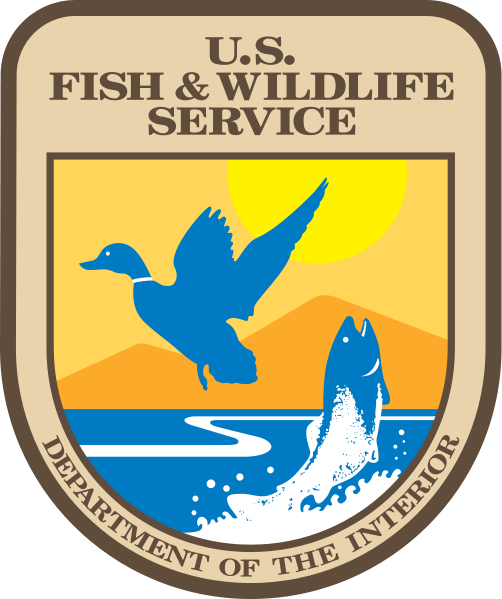17
Feb
2,4-D and Atrazine Effects on Endangered Species Focus of Another Lawsuit
(Beyond Pesticides, February 17, 2015) The Center for Biological Diversity filed a lawsuit in federal court in California February 12 against the U.S. Fish and Wildlife Service (FWS) for failing to ensure that three widely used pesticides ””atrazine, 2,4-D and alachlor”” do not jeopardize the survival of two Bay Area endangered species, the delta smelt and Alameda whipsnake. FWS has yet to act on a request from the U.S. Environmental Protection Agency (EPA) to determine whether measures are needed to protect the delta smelt and Alameda whipsnake from exposure to these pesticides.
 “These pesticides are known to harm wildlife even in miniscule amounts, so it’s long past time that we start taking commonsense steps to protect endangered species, our water and ourselves,” said Brett Hartl, endangered species policy director at the Center. “Putting off any analysis of the harms caused by pesticides for six years is simply unacceptable, and has set back the recovery of these two species substantially.”
“These pesticides are known to harm wildlife even in miniscule amounts, so it’s long past time that we start taking commonsense steps to protect endangered species, our water and ourselves,” said Brett Hartl, endangered species policy director at the Center. “Putting off any analysis of the harms caused by pesticides for six years is simply unacceptable, and has set back the recovery of these two species substantially.”
Scientific research has shown that atrazine can harm the development of amphibians at exposures of just a few parts per billion, is toxic to fish, reptiles, mammals and birds, and may elevate risks of birth defects in people. Up to 80 million pounds of atrazine are used in the U.S. each year. An EPA risk assessment for 2,4-D concluded that the pesticide poses acute risks to freshwater fish and invertebrates and causes chronic impacts in other wildlife. Alachlor is now a restricted-use pesticide, having been classified by the EPA as a “likely” human carcinogen. Approximately four million pounds are used in the country each day. All three pesticides have been routinely found in surface and groundwater tested by the U.S. Geological Survey.
“Despite pesticides saturating our lands and waters, the Fish and Wildlife Service has simply stuck its head in the sand for years and ignored the widespread harm to endangered species across the country,” said Mr. Hartl. “When a pesticide like atrazine has been shown to chemically castrate amphibians at concentrations of a few parts per billion, it’s unconscionable that the Service has simply done nothing.”
Center for Biological Diversity previously sued the EPA for failing to consult over the impacts of pesticides on endangered species in the Bay Delta. In 2006 the Center reached a settlement imposing restrictions on pesticide use until the consultation was completed. The EPA completed its portion of the settlement, requesting that FWS complete consultations. But those consultations have not been completed because the agency has not finished the process.
Numerous studies have linked pesticides with significant developmental, neurological, and reproductive damage to amphibians. Tyrone Hayes, Ph.D., of the University of California Berkeley, whose research reveals that even minute doses of atrazine can induce hermaphroditism in male frogs, in effect “chemically castrating” the population, will be joining our lineup of speakers at the 33rd National Pesticide Forum. We invite you to join researchers, authors, organic business leaders, elected officials, activists, and others to discuss the latest pesticide science, policy solutions, and grassroots action. For more information, and to register, click here.
Source: Center for Biological Diversity
All unattributed positions and opinions in this piece are those of Beyond Pesticides.











I visit daily a few sites and blogs to read content, however
March 10th, 2015 at 7:55 amthis blog provides quality based posts.